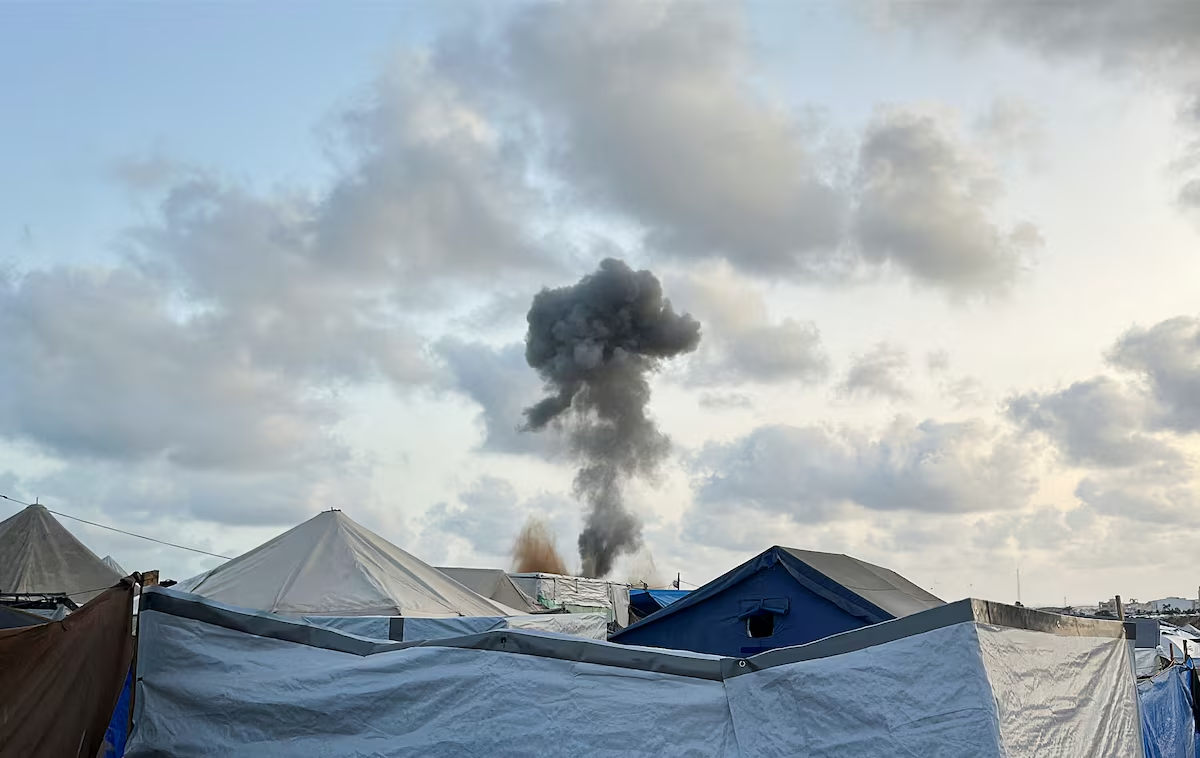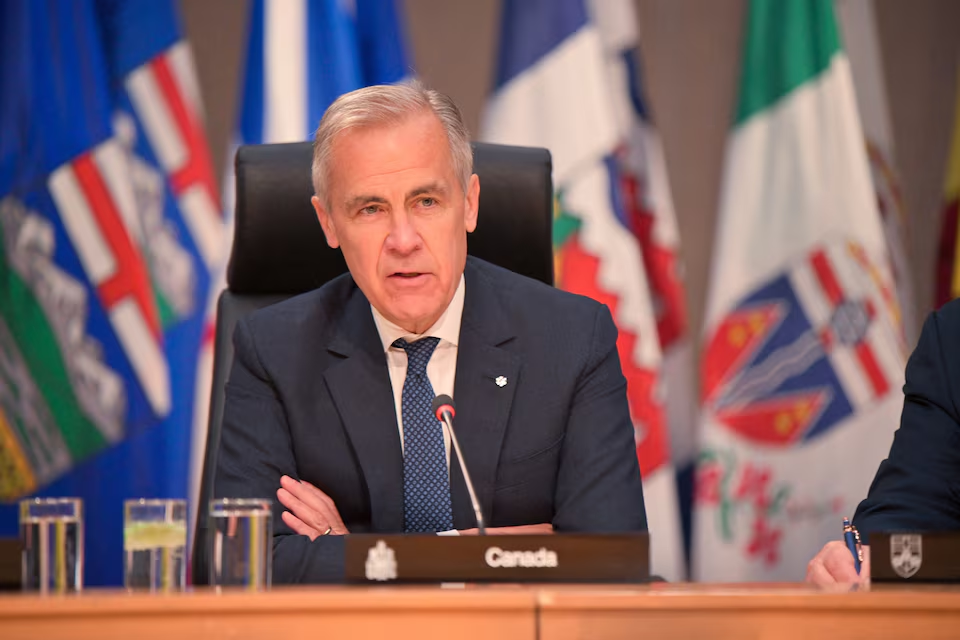Israel is allowing an increasing number of Palestinians to leave the Gaza Strip through the Rafah crossing into Egypt, raising questions over whether this marks the beginning of a coordinated U.S.-backed effort or a more ad hoc response to mounting humanitarian pressure. While the Israeli government has not publicly linked the exits to any formal plan, the growing exodus of civilians suggests a shift in policy amid the ongoing war with Hamas.
According to diplomats and aid workers, several hundred Palestinians, including dual nationals, the wounded, and people on foreign-approved lists, have been allowed to exit Gaza in recent weeks. Many are being transported through the Rafah crossing under heavy coordination between Israeli, Egyptian, and international agencies.
This uptick in departures has coincided with reports that U.S. President Donald Trump’s administration is considering a broader strategy for Gaza’s post-war future—one that could involve population transfers or temporary relocation of civilians. Trump has not formally confirmed any such policy, but Israeli actions on the ground are fueling speculation.
Israeli officials have acknowledged the increase in exits but insist the moves are humanitarian, not political. “We are facilitating medical evacuations and exit for those in urgent need, especially dual nationals,” said one Israeli defense official, speaking anonymously. “There is no mass deportation or political plan in place.”
Still, rights groups and Palestinian leaders remain deeply skeptical. The Palestinian Authority condemned the move, accusing Israel of quietly implementing a “forced displacement agenda” under the guise of humanitarian aid. “This is ethnic cleansing disguised as evacuation,” said PA spokesperson Nabil Abu Rudeineh.
Israel’s military campaign in Gaza has displaced more than 1.7 million people since the war began in October 2023, according to the United Nations. With northern Gaza heavily bombarded and southern zones like Rafah now under attack, humanitarian agencies have reported severe overcrowding, disease outbreaks, and mass food shortages.
The controlled departures have so far focused on wounded civilians, foreign nationals, and aid workers. However, sources within international aid organizations report that discussions are underway to expand the criteria, particularly for women, children, and the elderly.
The United States has not officially confirmed involvement in the evacuation process, but senior White House officials have acknowledged that they are “supporting efforts to relieve humanitarian suffering” and “in close coordination with regional partners.” When asked about the possibility of larger-scale relocations, one official said, “All options are on the table.”
Egypt, which controls the Rafah border crossing, has continued to resist efforts to take in large numbers of Palestinian refugees permanently. Cairo has insisted that any population movement from Gaza must be temporary and tied to clear international guarantees. “Egypt’s position remains unchanged—we reject any forced displacement of Palestinians,” said a spokesperson for Egypt’s Foreign Ministry.
Inside Gaza, the situation continues to deteriorate. Hospitals are overwhelmed, fuel supplies are nearly exhausted, and food distribution has become sporadic at best. As Israeli forces press deeper into southern Gaza, international pressure is mounting on Israel to allow more aid in and to ease restrictions on civilian movement.
Meanwhile, speculation is growing over whether Trump will unveil a formal Gaza plan that includes provisions for long-term civilian relocation. While no official document has been released, Israeli and U.S. coordination on the ground appears increasingly structured, suggesting that policy is evolving—even if quietly.
Critics warn that without transparency and multilateral oversight, these movements risk creating a precedent for forced displacement. “Humanitarian corridors must not become back doors to ethnic cleansing,” said Kenneth Roth, former executive director of Human Rights Watch.
Whether the current exits are part of a larger strategic blueprint or a reactive measure to a collapsing humanitarian situation, one thing is clear: more Palestinians are leaving Gaza now than at any previous point in this war. And as the conflict drags on, the future of those who leave—and those who remain—becomes more uncertain by the day.
Source: Reuters



